As housing prices continue climbing across the United States, there’s a crisis looming on the horizon. Homelessness is on the rise, and one startling new trend is the aging face of those without homes. The country finds itself ill-equipped to provide adequate housing solutions for the growing number of older Americans facing dire circumstances.
Escalating Crisis

Harvard University’s Joint Center for Housing Studies published a report in November that detailed the extent of this aging homelessness crisis.
Rising Homelessness
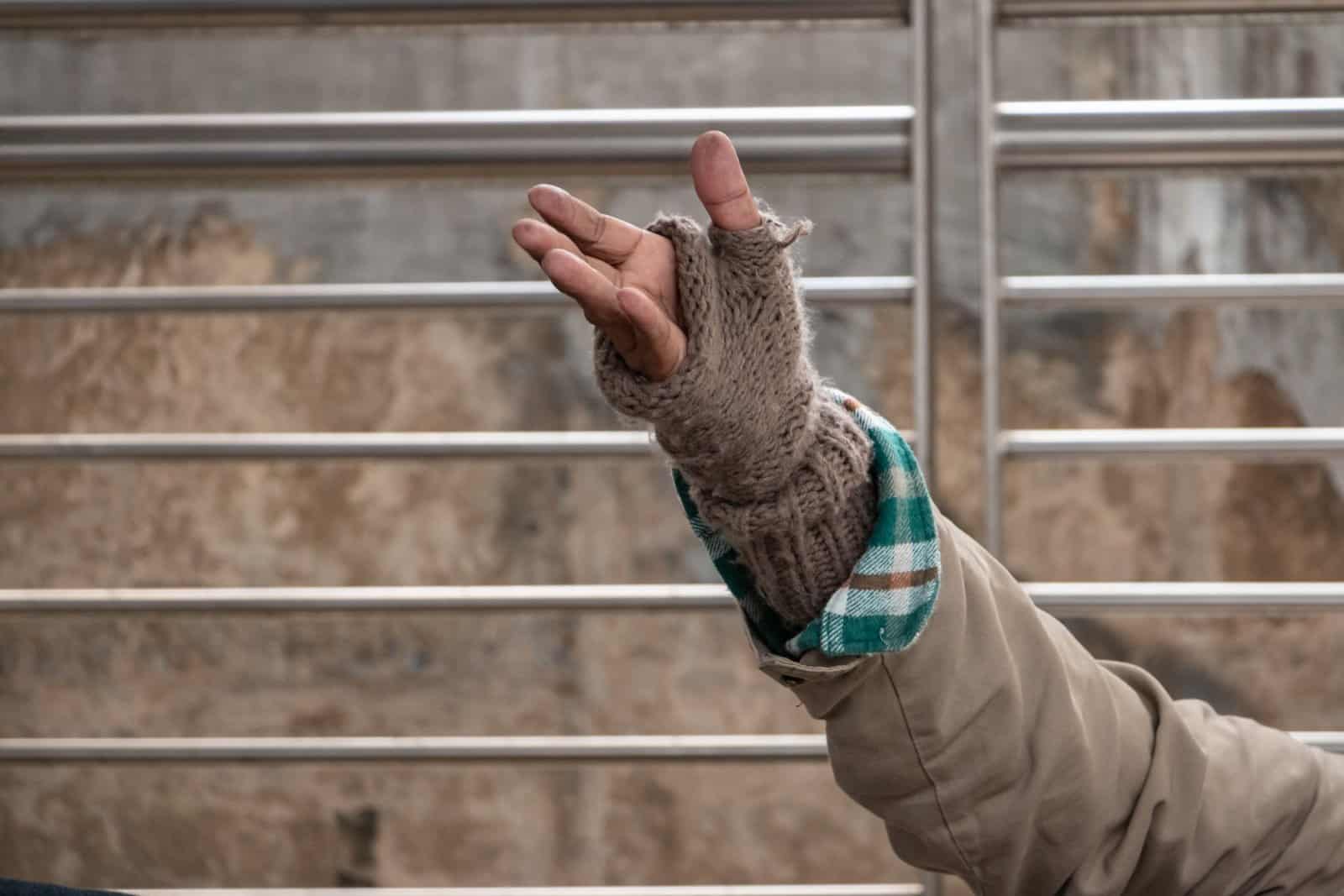
The report paints a grim picture that is rapidly escalating, as between 2019 and 2021, older adult (65 years old+) homelessness increased by 10,000 to more than 60,000 in total.
Surging Older Adult Households

As the median age of “Boomers” (the Baby Boomer generation, born between 1946 and 1964) has increased, older adult households have surged to an all-time high.
The report reveals that in 2021, there were over 11 million older adult households – 27% of all houses.
Population Growth

The population of older adults increased by 34% between 2012 and 2022, from 43 million to 58 million.
Cost-Burdened Households
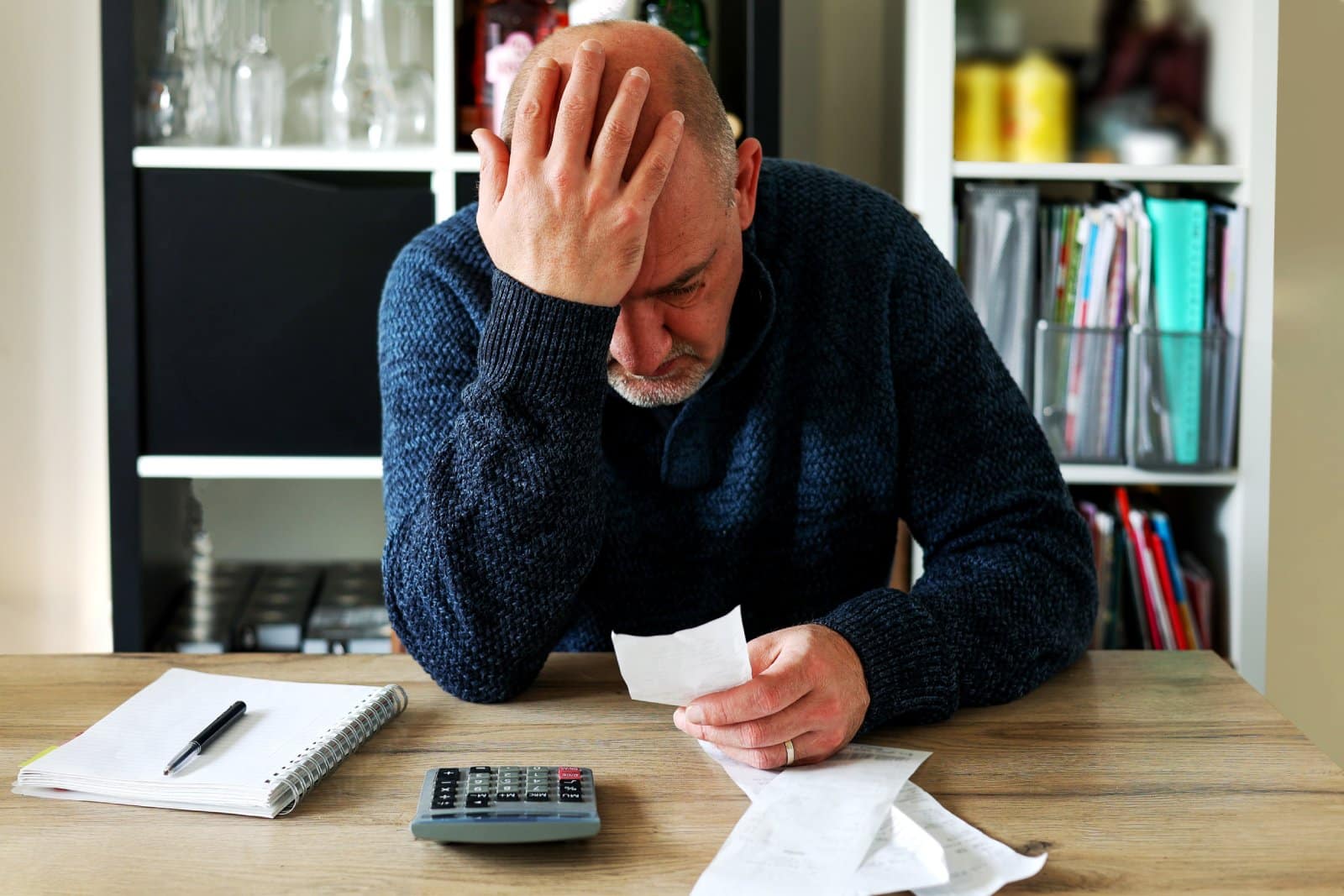
There is a worrying rise in the number of “cost-burdened” older adult households – cost-burdened meaning households that spend over 30% of their income on housing costs.
Extreme Housing Expenses

Nearly a third of older adult households fall into this category, and half of them are burdened with spending a massive 50% of their income on housing expenses.
Hotspot Areas
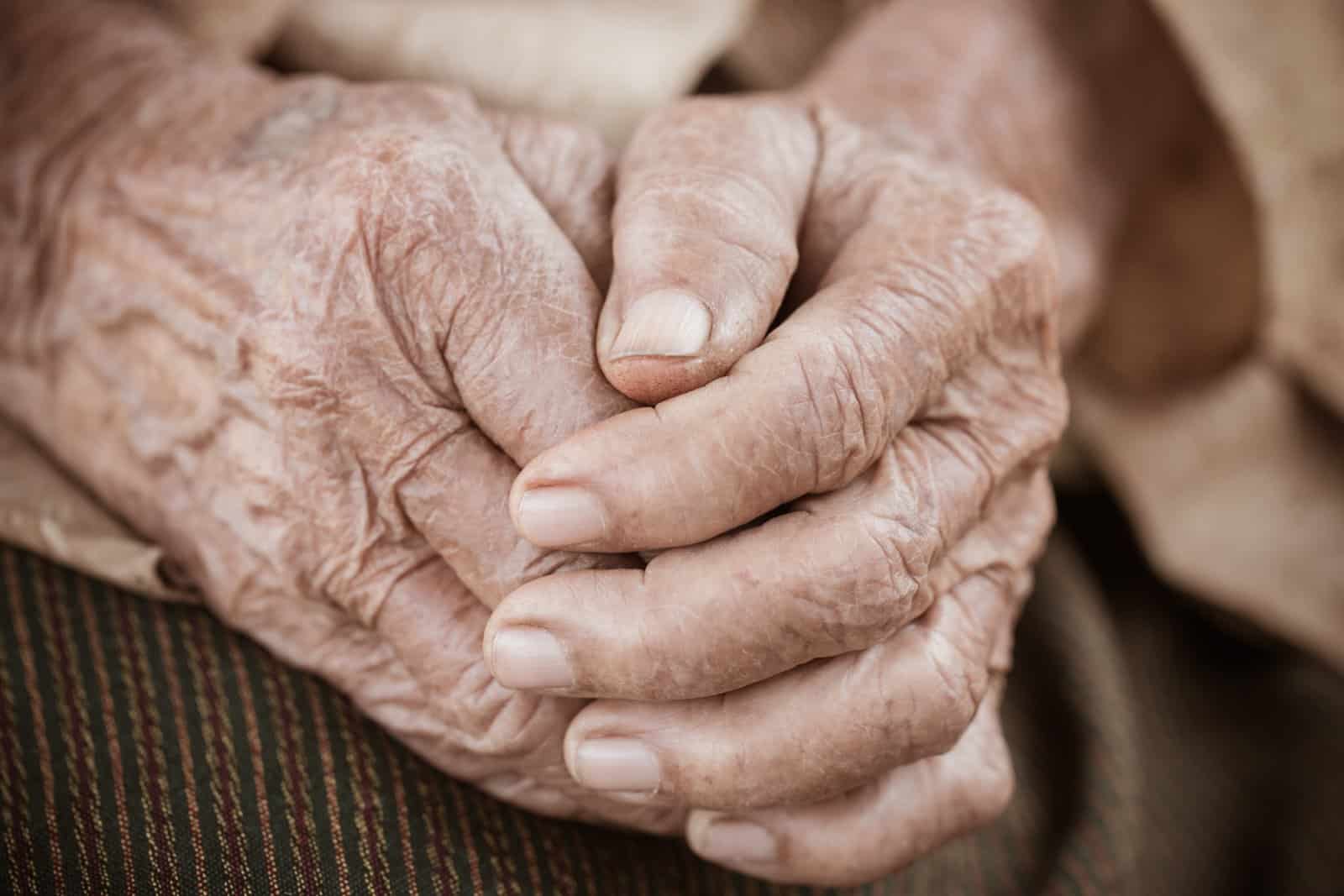
Unsurprisingly, the areas with the highest rates of cost-burdened renters aged 65 and older include popular retirement destinations such as Las Vegas, San Diego, Raleigh, Miami, and Daytona Beach.
A Projected Increase

Unfortunately, the situation is expected to deteriorate further, as the Harvard report states, “The number of households headed by a person age 80 and over will more than double between 2021 and 2040 to reach nearly 17 million households.”
Population Aging

According to the report, the U.S. population aged 75 and above is projected to increase by 45% over the next decade, surging from 17 million to almost 25 million people.
A significant portion of this demographic is expected to face financial challenges.
Rising Mortgage Debt

The report highlights a concerning trend of rising mortgage debt among older adults. For homeowners aged 65 to 79, the median mortgage debt has skyrocketed by over 400% since 1989, jumping from $21,000 to $110,000 in 2022.
This surge is attributed to the growing necessity for accessing funds to cover basic needs and care expenses.
Access to Long-Term Care
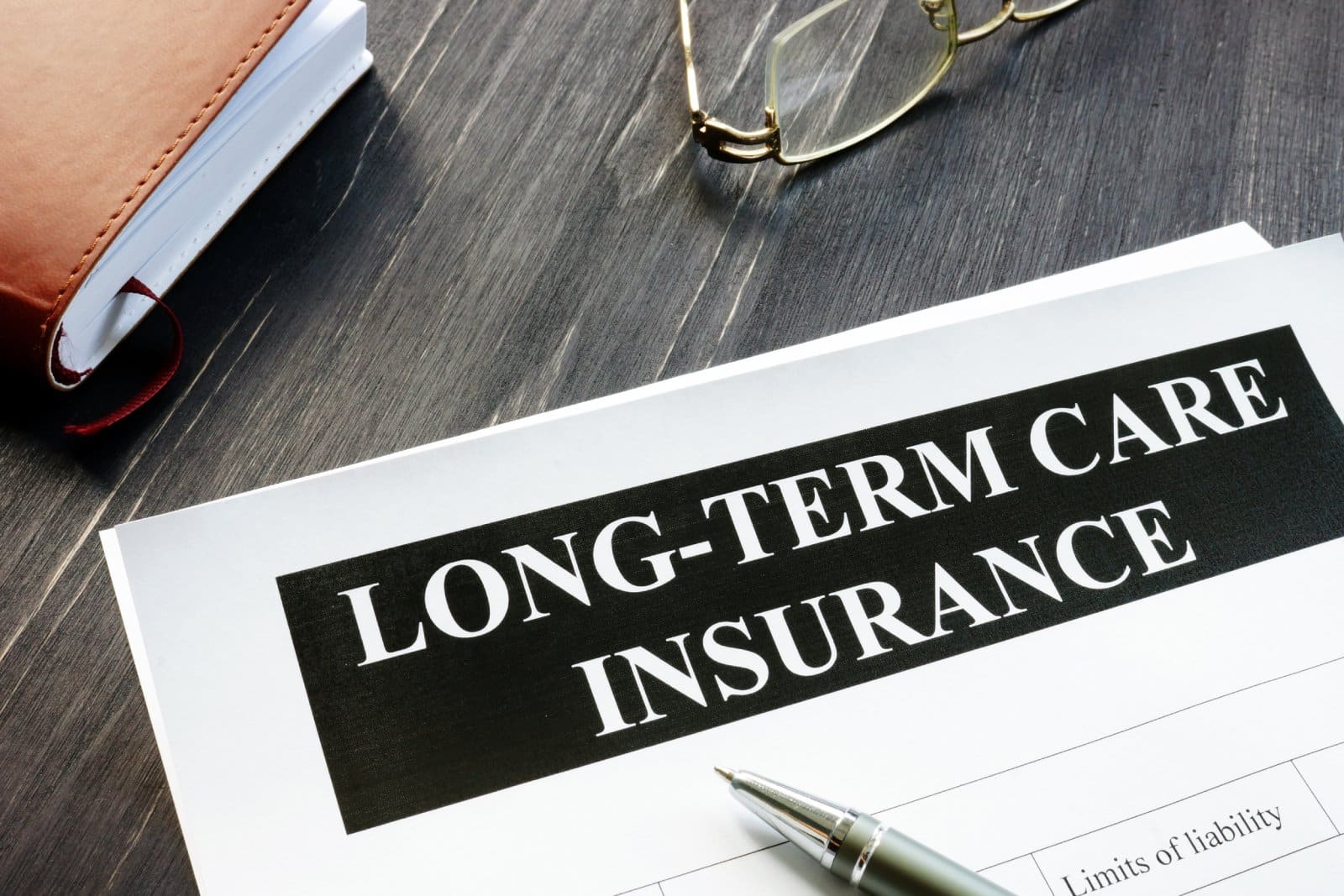
Older adults encounter difficulties in accessing essential services as they age, particularly long-term care, which comes with steep costs averaging over $100 per day.
Ethnic Disparities in Housing Affordability

The research draws attention to differences in housing affordability, pointing out that older Black and Latino households, in particular, bear a greater amount of the housing expense burden as compared to older White households.
Solo Households

Moreover, older individuals living alone are more likely to experience housing cost burdens, with 47% of solo households affected compared to 21% of married or partnered couples.
Declining Homeownership

Homeownership, a cornerstone of wealth for American households, is slipping away for many seniors.
Homeownership rates are declining for those aged 50 to 64, and fewer older adults are in possession of crucial equity that could support them if they had urgent needs, like medical costs.
Government Voucher Shortfall
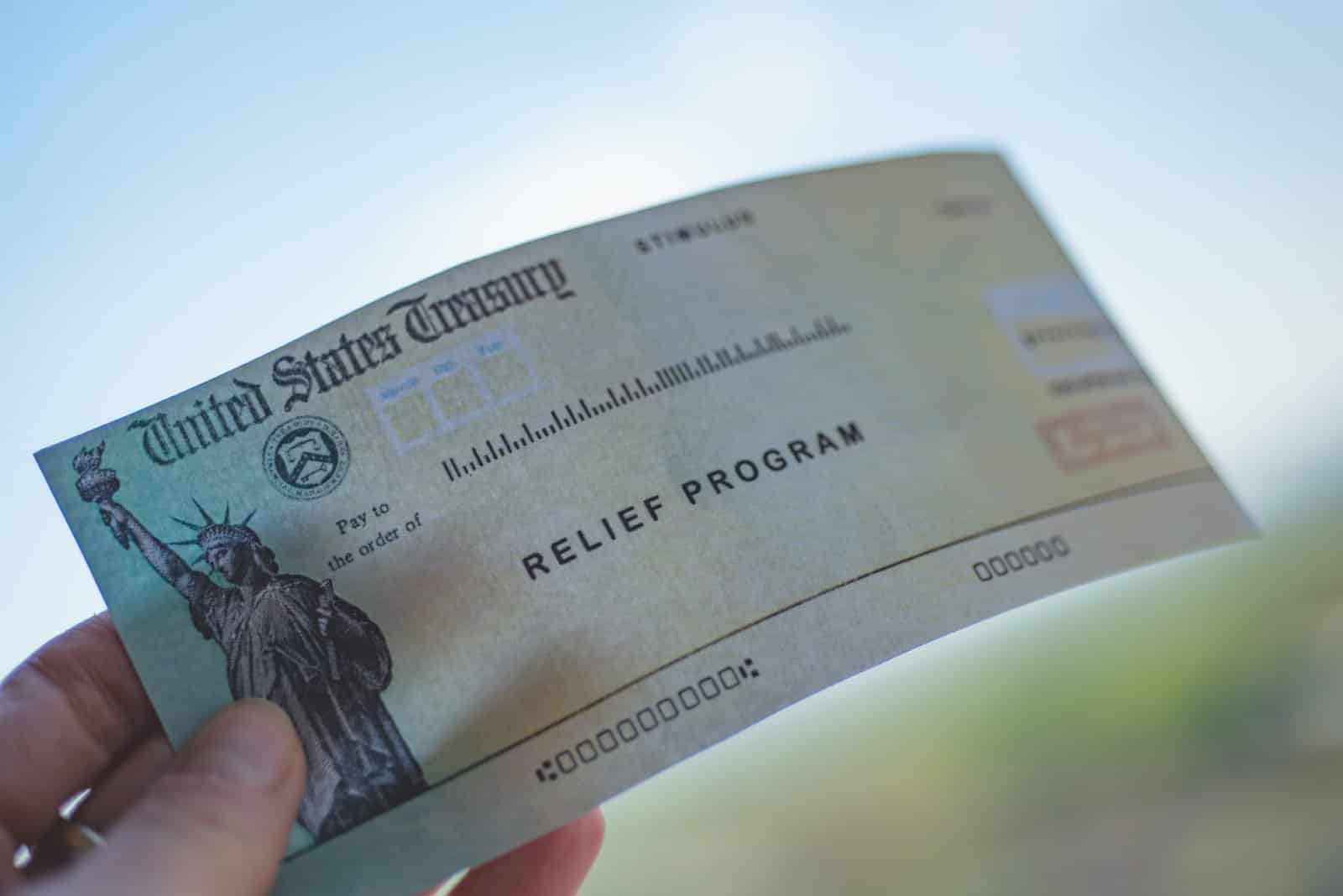
Government housing vouchers aim to provide affordable housing for low-income individuals, those with disabilities, and seniors, but the funding allotted for these initiatives isn’t keeping up with the rising demand.
Unfortunately, current funding levels only support approximately one in four eligible households, leading to extensive waiting lists.
Rental Price Surge

A 2022 Harvard study discovered that between 2012 and 2017, there was a surge in rental prices nationwide.
The survey found that, in that same time period, rental homes costing $1000 or more a month increased by 5 million while there was a loss of 3.1 million low-cost rental units for under $600 a month.
Affordability Gap
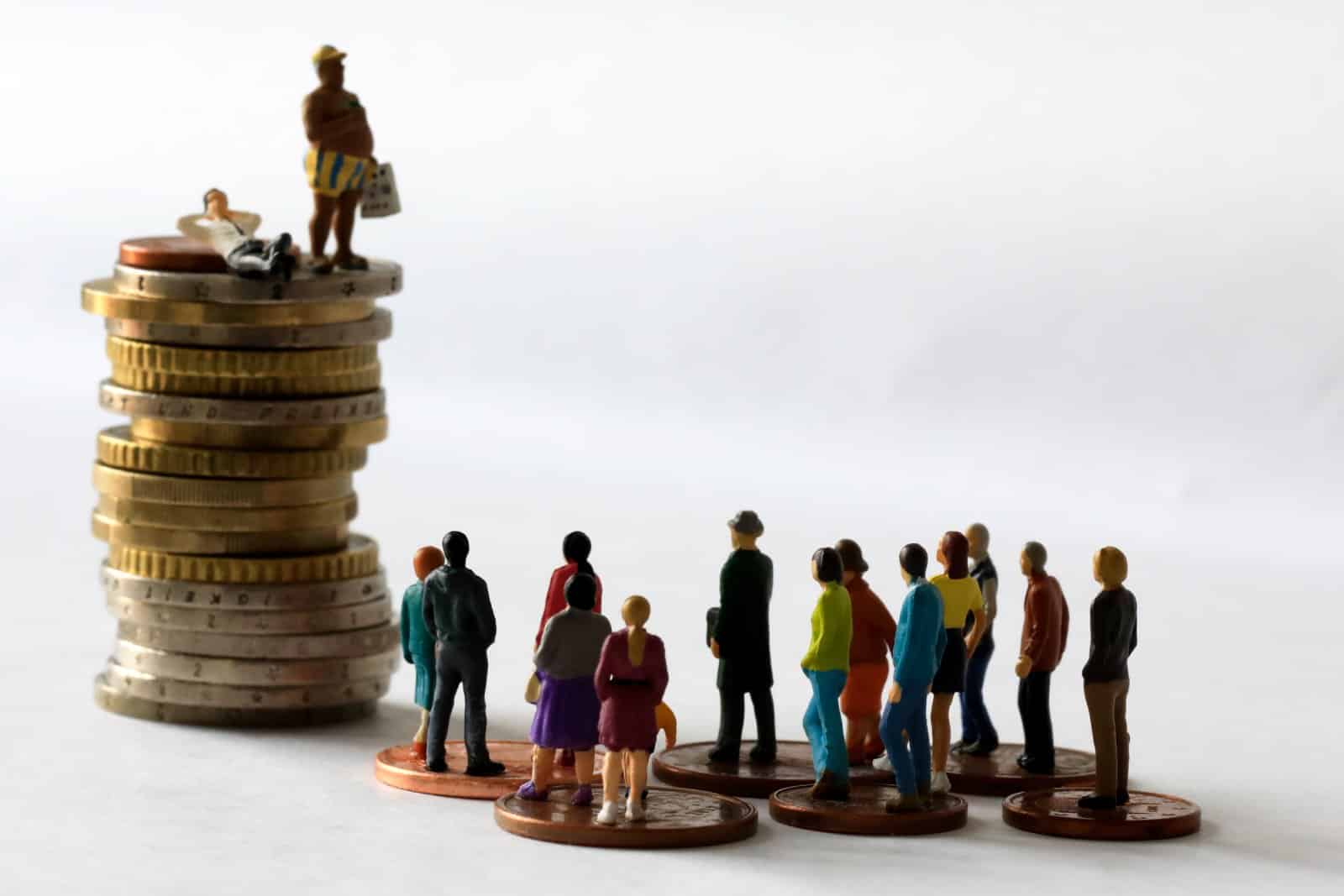
An important point was brought up by Andrew Aurand of the National Low Income Housing Coalition: housing intended for the elderly, low-income households, or people with disabilities can be occupied by households with higher incomes.
The result is a huge gap between technically affordable units and those that are genuinely accessible.
Underfunded Assistance
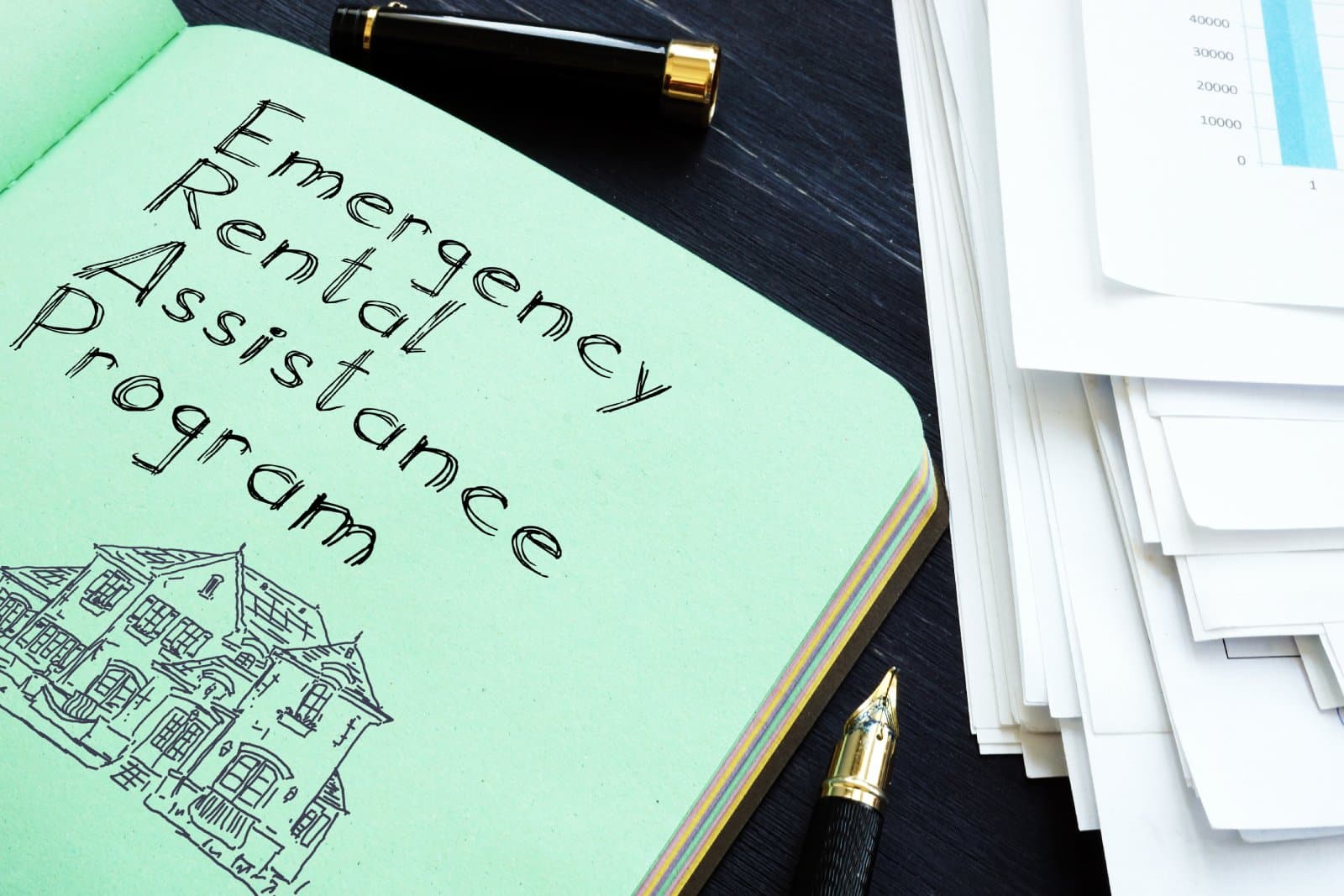
In 2021, federal housing assistance, intended to cover housing and assisted living services for older individuals, barely scratched the surface.
Urgent Attention Required

There is a growing worry from experts that older groups of American citizens may be at risk of homelessness if housing supply and financial assistance don’t keep up with the aging population.
A Silent Crisis Unfolding
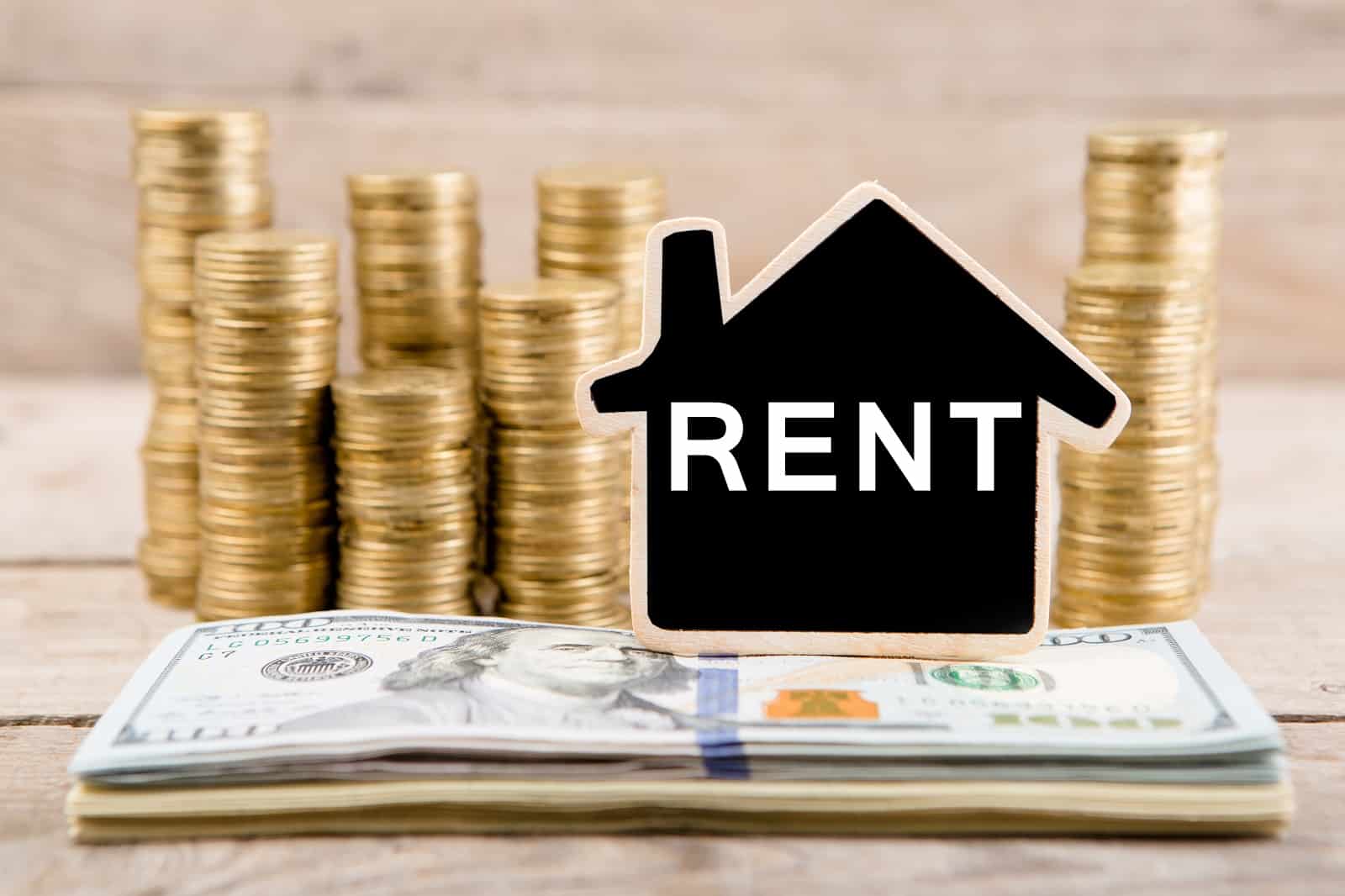
The silent crisis continues to unfold, demanding urgent attention and comprehensive solutions to address the housing struggles faced by older Americans.
The post Rising Homelessness Among Seniors: Affordable Housing Elusive for Older Adults first appeared on Swift Feed.
Featured Image Credit: Shutterstock / SrideeStudio.
The content of this article is for informational purposes only and does not constitute or replace professional financial advice.

